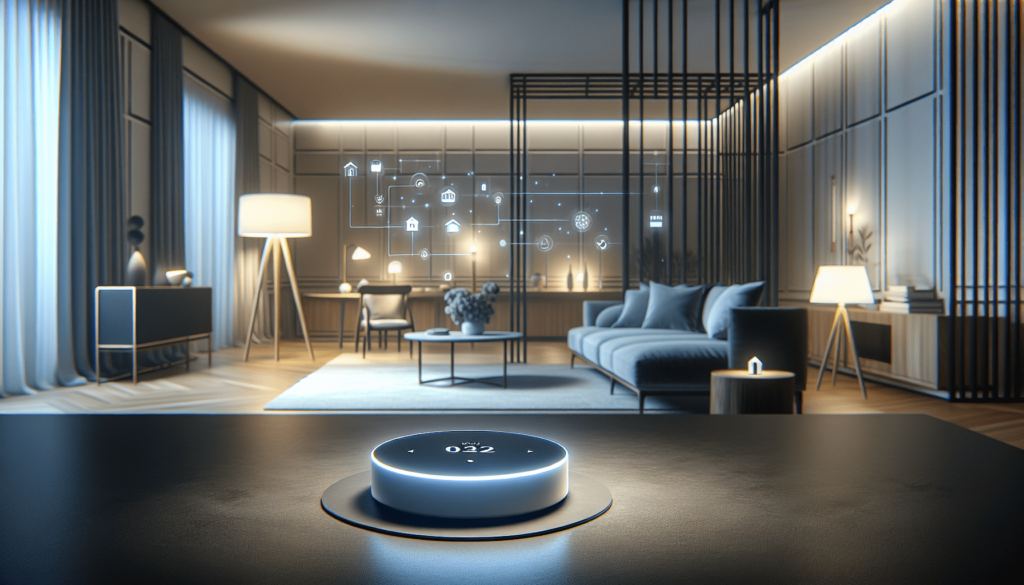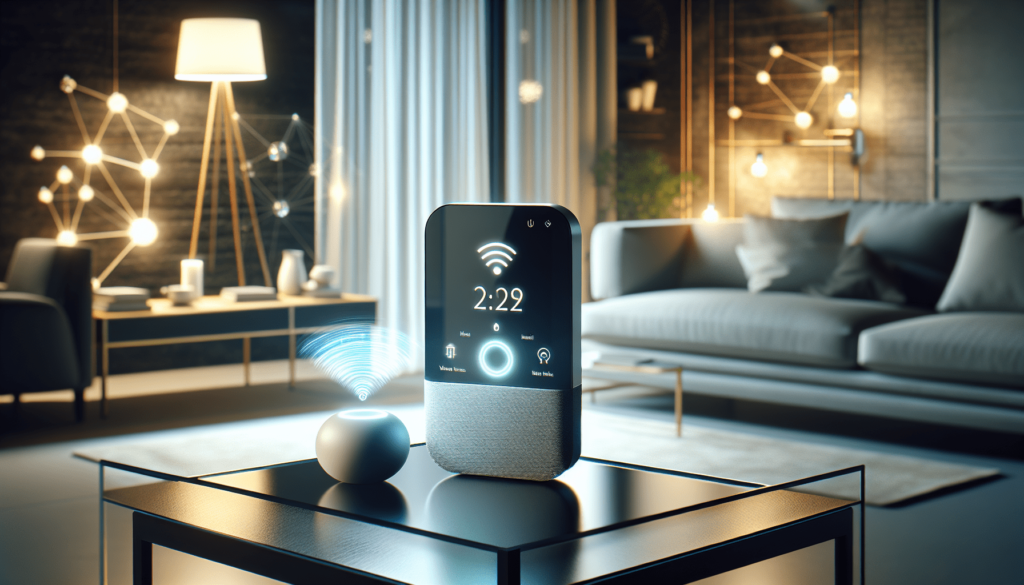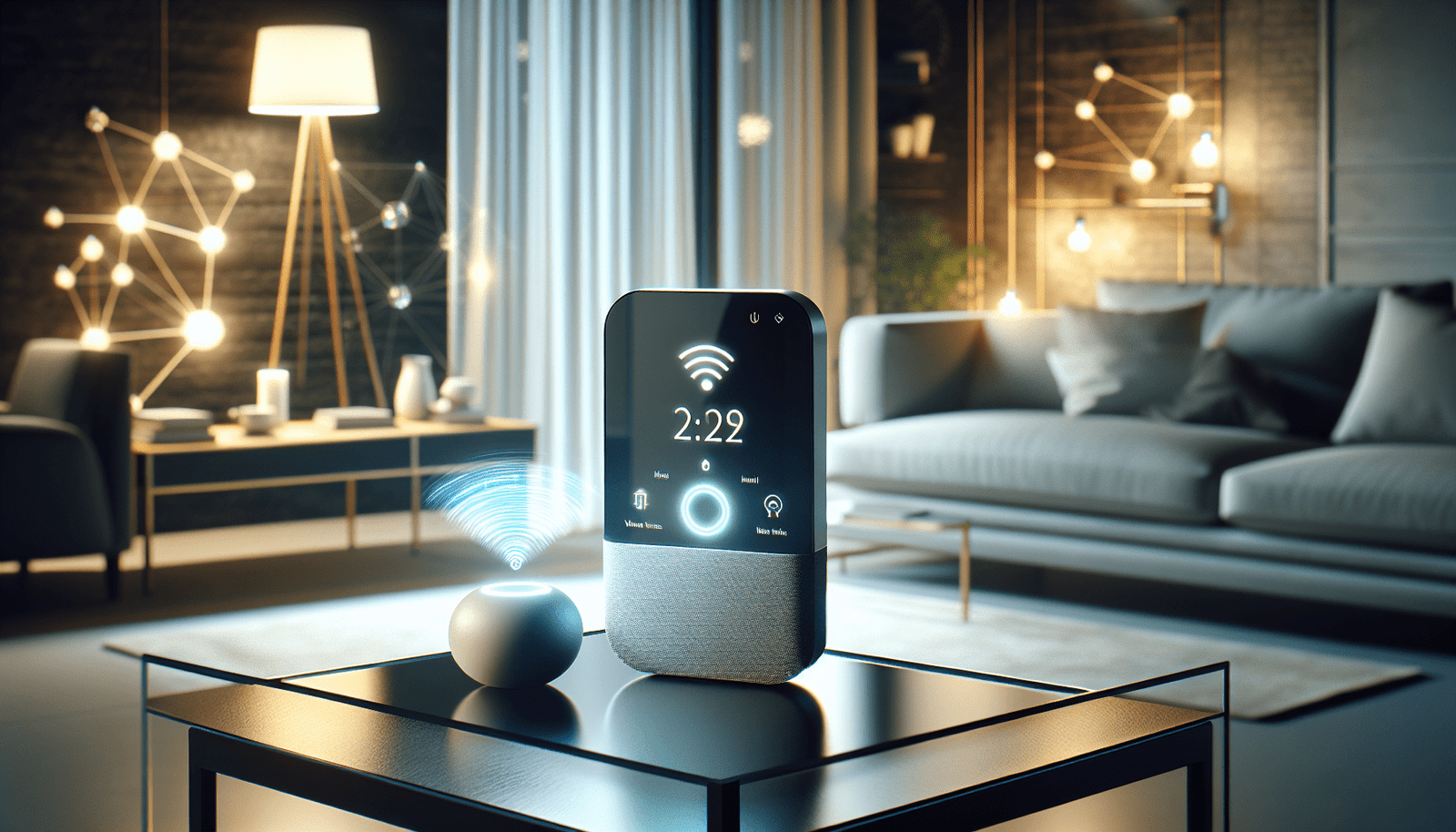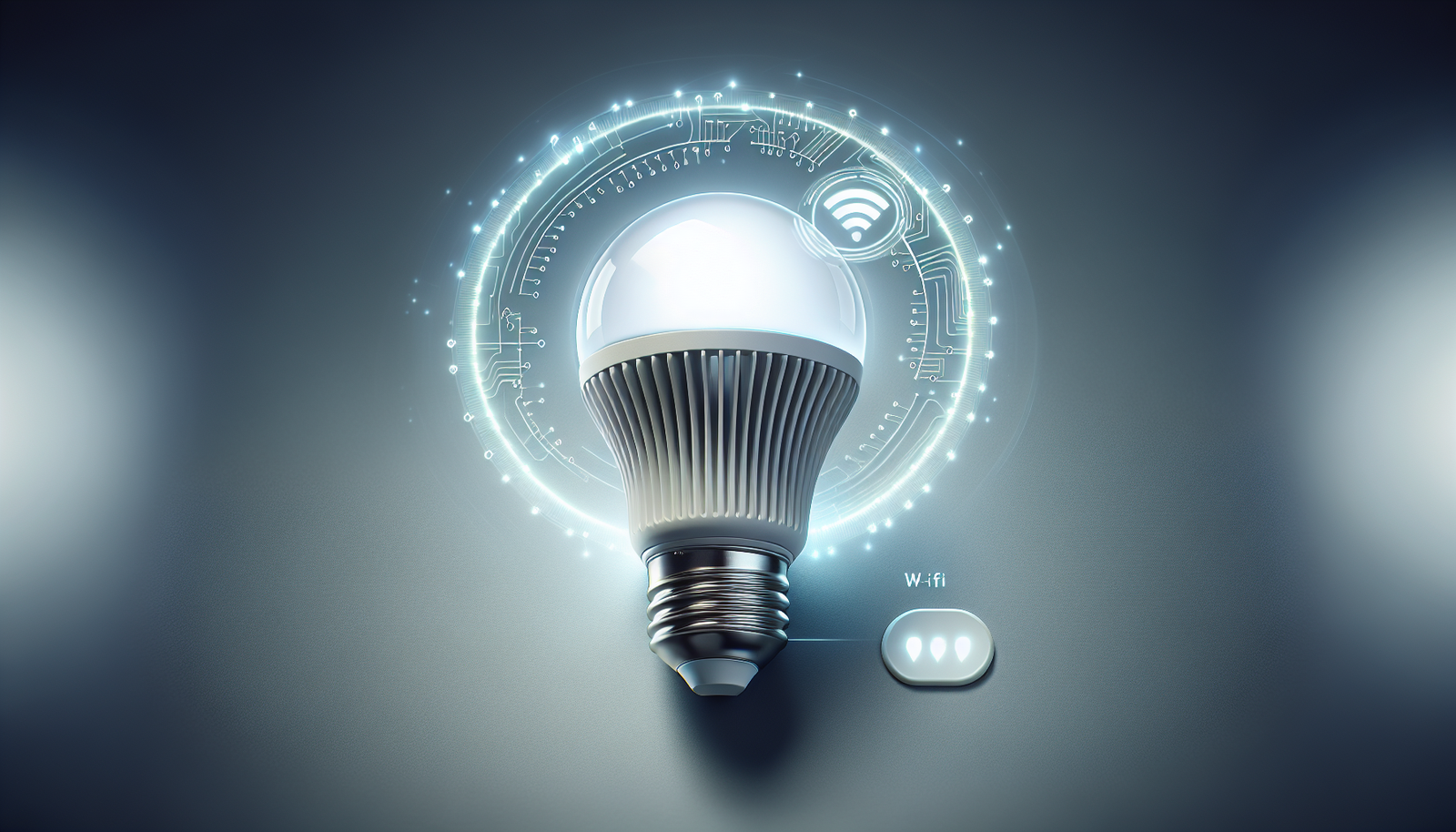Have you ever considered transforming your living space into a smart home? In today’s fast-paced world, the allure of smart home automation is more compelling than ever. Whether you’re a homeowner, a renter looking for non-permanent solutions, a tech enthusiast, or simply someone curious about the benefits and possibilities, creating a Connected Living Environment can revolutionize your daily life.
What Is Smart Home Automation?
Smart home automation refers to the integration of technology into your living environment, allowing remote control and automation over home devices and systems. With smart home technology, everyday tasks become seamless, and your home becomes more efficient, secure, and tailored to your lifestyle needs.
Definition and Overview
Smart home devices can range from simple plug-and-play gadgets to more sophisticated systems involving various components. These devices communicate over a network, often via Wi-Fi, Bluetooth, or specialized smart home protocols like Zigbee and Z-Wave. Voice assistants such as Amazon Alexa, Google Assistant, or Apple’s Siri often serve as the interface, providing an intuitive way to interact with these technologies.
Evaluating Costs and Value
Before diving into the installation of smart devices, it’s essential to consider the financial aspects associated with smart home automation.
Initial Costs vs. Long-Term Savings
Setting up a smart home may seem like a significant initial investment, but these costs can be offset by long-term savings and increased home efficiency. For instance, smart thermostats can optimize energy consumption, lowering utility bills, while smart lighting can reduce electricity usage by automatically turning off when not needed.
Return on Investment
Real estate investors may find that smart home upgrades increase property value. Current market trends show that homes with smart technology often sell faster and at a higher price point. Additionally, potential savings on energy and insurance premiums, due to enhanced security features, contribute to the overall return on investment.

Available Smart Home Devices: A Market Overview
With a plethora of options on the market, it’s crucial to understand the range of smart home devices available.
Real-World Use Cases
Here’s a quick look at some popular smart home devices and their practical applications:
- Smart Thermostats: Devices like Nest and Ecobee learn your routines and adjust temperatures accordingly, providing comfort while saving energy.
- Smart Lighting: Philips Hue and LIFX offer app-controlled lighting solutions that can change color and intensity based on time of day or your preferences.
- Smart Security Systems: Ring doorbells, Arlo cameras, and SmartLocks provide peace of mind with real-time notifications and remote access.
- Smart Speakers: Amazon Echo and Google Home not only play music but also control other smart home devices with voice commands.
Device Comparison Table
Here’s a simplified comparison of some popular smart devices:
| Device Category | Example Product | Main Features | Estimated Cost |
|---|---|---|---|
| Smart Thermostats | Nest | Learns schedules, energy reports | $130 – $250 |
| Smart Lighting | Philips Hue | Color changing, remote control | $70 – $200 per starter kit |
| Smart Security | Ring Doorbell | Video monitoring, real-time alerts | $100 – $250 |
| Smart Speakers | Amazon Echo | Voice control, smart hub integration | $40 – $100 |
Setting Up Smart Home Devices: A Practical Guide
Getting started requires a few strategic steps to ensure seamless integration of devices into your home.
Step-by-Step Installation Guidelines
Here’s how to begin setting up your smart home:
- Assess Your Needs: Determine which devices will best suit your lifestyle and compare their features and compatibility.
- Establish a Network: Ensure you have a robust Wi-Fi network with adequate coverage throughout your home, as most smart devices require a strong and stable connection.
- Begin with a Hub (if necessary): Devices like Samsung SmartThings or Wink Hub consolidate various smart gadgets into a single control point.
- Install and Configure Devices: Follow manufacturer instructions for setup, often requiring device app downloads and configurations.
- Integrate with a Voice Assistant: Connect your devices to a preferred voice assistant for hands-free control.
Tips for Maintenance
Keep your system up-to-date with firmware updates to ensure maximum performance and security. Regularly check for new features or improvements offered by manufacturers.

Security and Privacy Considerations
As with any internet-connected technology, smart home devices come with legitimate security concerns.
Potential Risks and Safety Measures
To mitigate risks:
- Change Default Passwords: Always use strong, unique passwords for your accounts and devices.
- Enable Two-Factor Authentication: Adding an extra layer of security can protect your smart ecosystem from breaches.
- Keep Firmware Updated: Regular updates can patch vulnerabilities and improve security features.
Best Practices
Be conscious of the data being collected by devices. Check the privacy policies of manufacturers to understand how your data is used and stored.
Enhancing Energy Efficiency and Sustainability
Smart home technology plays a significant role in enhancing energy efficiency and supporting sustainable living.
Energy Reduction through Smart Devices
Devices like smart thermostats and energy monitors keep track of energy consumption patterns, allowing you to optimize appliance usage. Environmentally conscious options such as solar-powered gadgets can further enhance sustainability efforts at home.
Ensuring Compatibility and Connectivity
When setting up your smart home, ensure that all devices are compatible and can seamlessly connect.
Interaction with Platforms and Assistants
Compatibility is key. Before buying devices, make sure they’re compatible with your preferred platforms and voice assistants. Some devices might require specific hubs for integration, while others work directly with Wi-Fi and native apps.
Future-Proofing Your Smart Home
As the technology landscape evolves, it’s beneficial to anticipate future trends and advancements.
Emerging Trends and Innovations
Future upgrades may include enhanced AI capabilities, improved inter-device communication, and expanded service capabilities like smart home-health integrations. Stay informed about updates and advancements to maintain a cutting-edge home environment.
Determining if Smart Home Investments Align with Your Needs
Finally, knowing whether this investment is right for you involves assessing your personal and financial priorities.
Aligning Needs, Budgets, and Benefits
Consider your motivations, whether for convenience, energy efficiency, security, or lifestyle enhancement. Compare these against your budget and potential benefits to make an informed decision that best suits your living environment.
Investing in smart home automation can lead to a more connected, efficient, and enjoyable living space. By understanding the benefits, costs, installation processes, and maintenance of smart home devices, you can successfully transition into a smart living environment that enhances your quality of life. With the knowledge presented here, you’re well-equipped to embark on this exciting journey.




